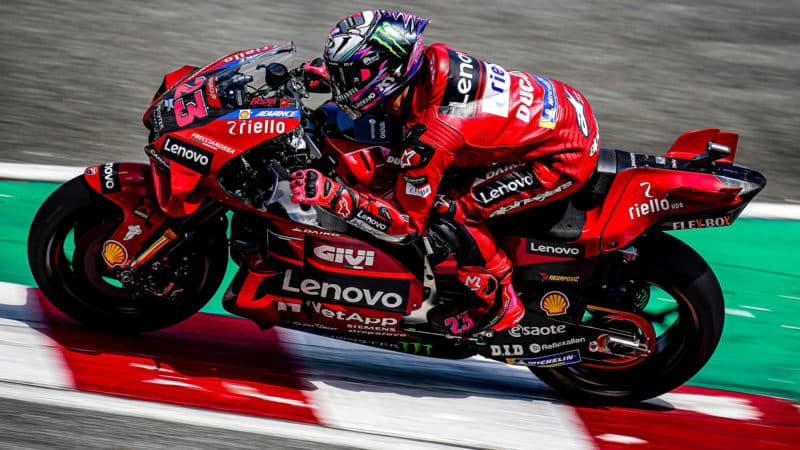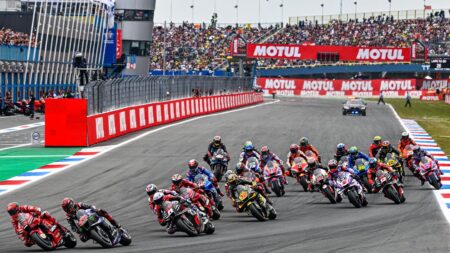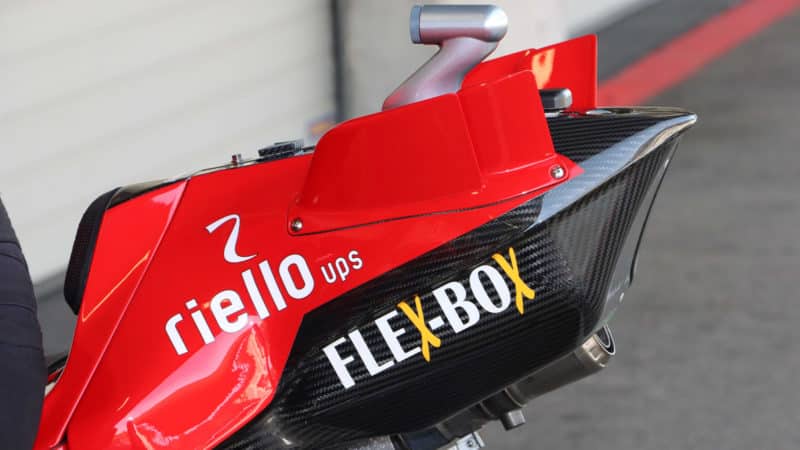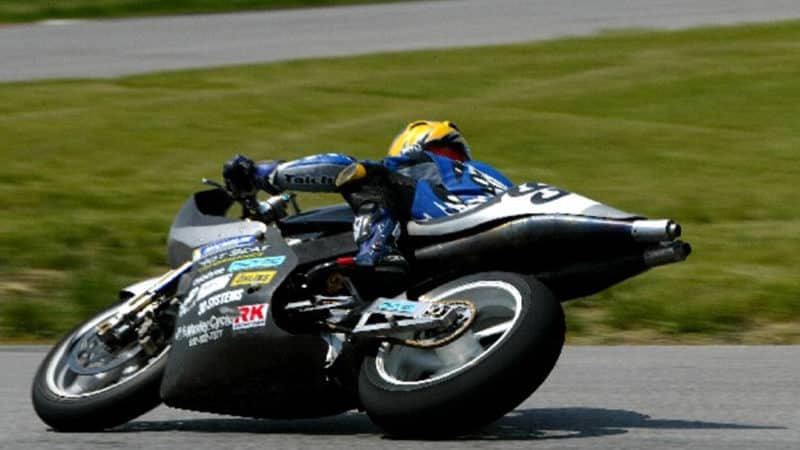In late 1970s MTS invented the tuned mass damper, to stop skyscrapers swaying in the wind. The first building to use this technology was the 70-storey John Hancock Tower in Boston. MTS installed two 300-ton lead weights near the top of the tower, which were attached to the building by springs and shock absorbers. These slide this way and that on a lubricated steel plate to counteract swaying motions created by the wind.
While preparing for the 2005 F1 championship the Renault team ran into instability problems with its car, which got Tuluie thinking…
“Dino Toso [the team’s head of aerodynamics] called me about a wind-tunnel instability issue,” he recalls. “The car bounced laterally and yawed a bit as it was getting up to speed. I looked at this and said, ‘Oh, it’s just like a building in the wind – we need a tuned mass damper.’
“I knew that because of Neil Peterson, a really phenomenal engineer at MTS. When you walked into his office there was this model of a building with a tuned mass damper, the John Hancock Tower.
“We created a little simulation model [of Tuluie’s F1 mass damper], utterly basic, just to reproduce it, and optimised the positioning. It made its way into the wind-tunnel and the car was just fantastic. It solved the problem. Then Bob Bell [Renault’s F1 technical director] walks into my office, sits down and says, ‘Do you think you can make it work in the car?’.
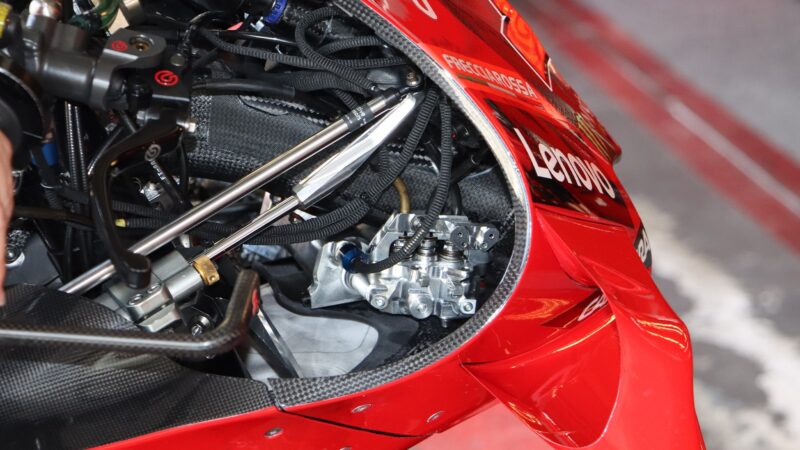
Inside the nose of the GP23’s fairing is an accumulator, a hydraulic pressure storage reservoir. When the rider operates the holeshot or ride-height devices the accumulator’s three pistons drop to displace damper fluid within the rear shock to lower the bike to reduce wheelies
Oxley
“It was a question not of legality, but would it work in the car and will it help? So we turned it sideways, so not for yaw but for pitch, put it in the nose on the seven-poster car [a simulator system]. It was three-tenths of a second a lap quicker!”
Tuluie’s computer simulation techniques are so advanced that his mass damper was just as successful on the race track as it had been inside Renault’s computers. And any technology that can magic three-tenths of a second out of nowhere is pure gold, so there’s no doubt that his mass damper helped Renault win the 2005 F1 crown.


